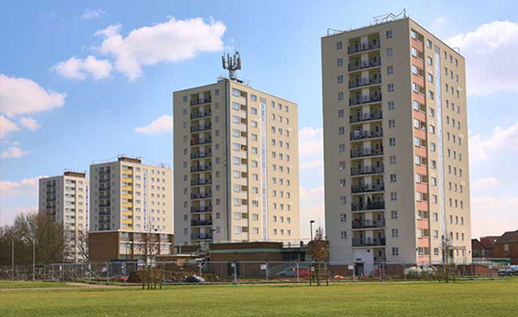As part of the Exeter City Futures initiative, QBots technologies have been engaged with ECC to understand its Energy Action plan 2017-22 to make Exeter an energy neutral council. Exeter City Council (ECC) have been evaluating and planning various renewable energy and energy efficiency initiatives starting with its corporate estate.
QBots have attended several meetings with Jo Pearce (Corporate Energy Manager) and Paul Wotton from ECC to identify the sites that could benefit from energy storage. Following this, it was decided that sites located in the corporate estate with existing solar panels and/or high energy bills are good candidates for the installation of energy storage.
Following our discussions, the feasibility of a QBOTS system was evaluated for 5 sites belonging to the council’s corporate estate. The below table summarises our analysis.

